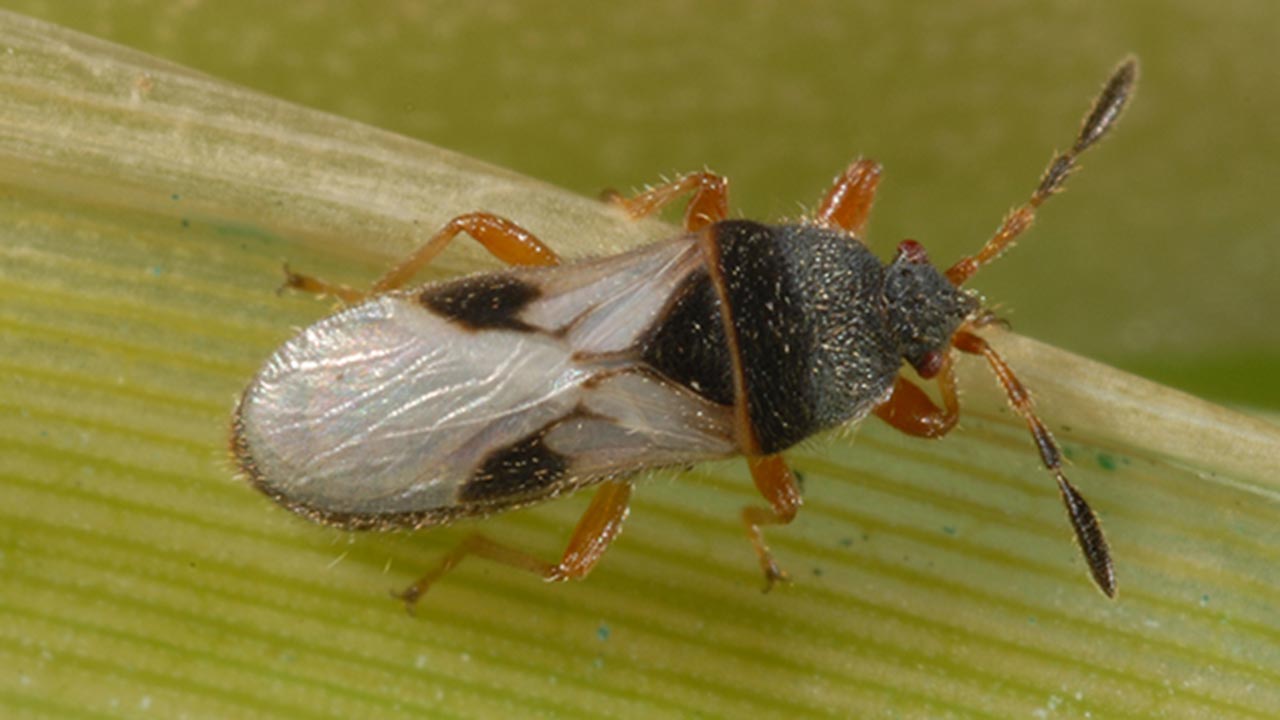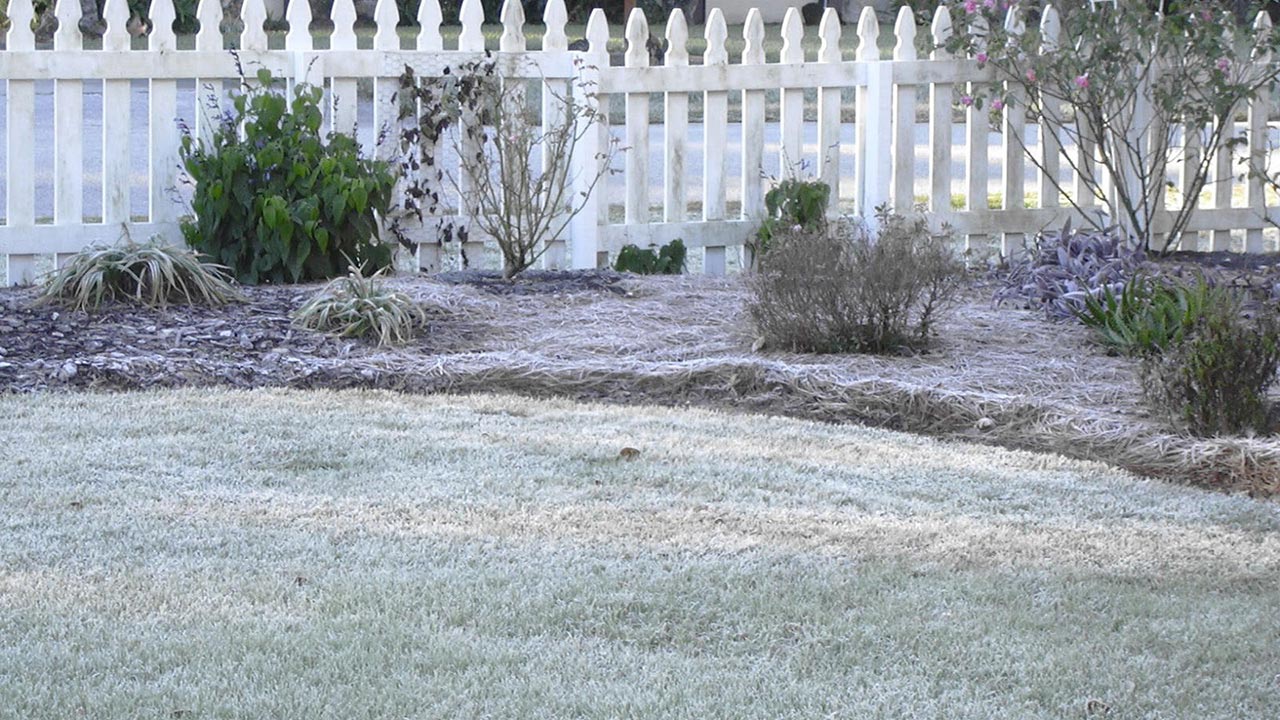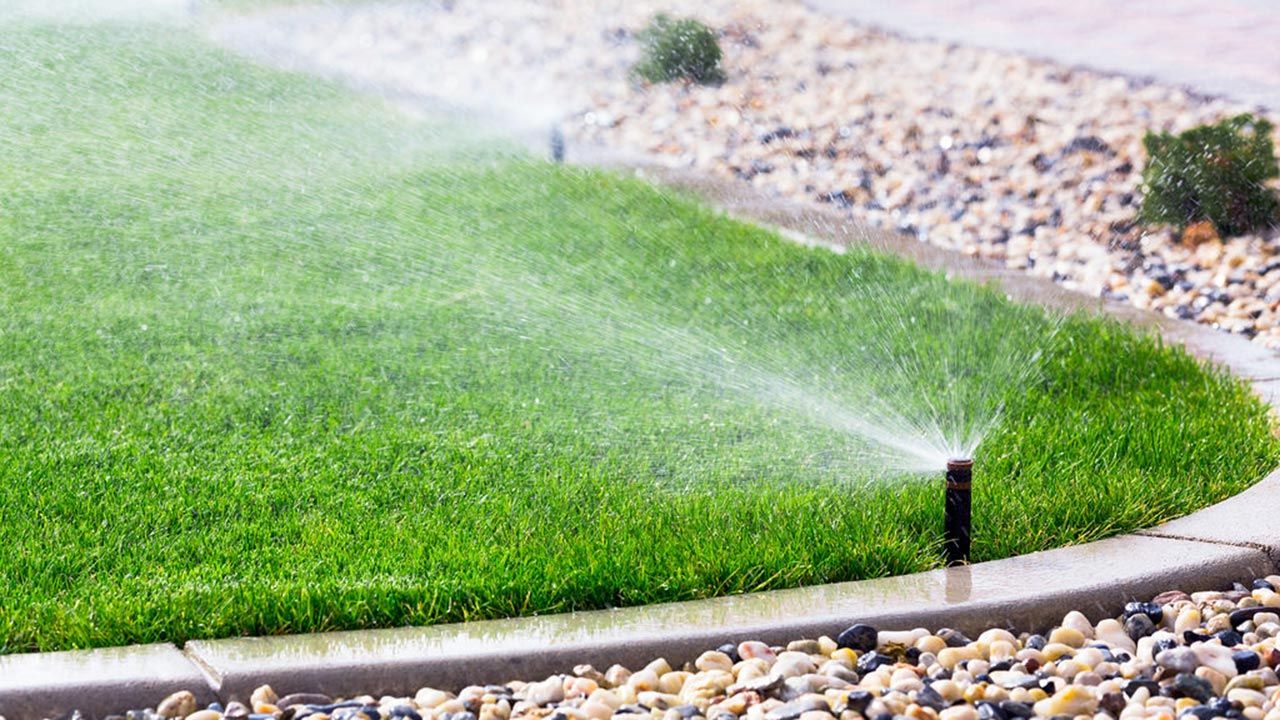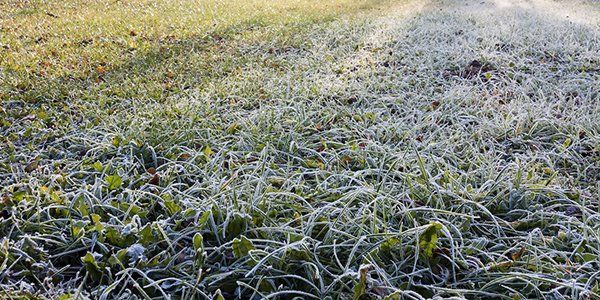Address: 140 Pine Ave South Oldsmar, FL 34677
Call Us Now! 727-797-4040
ASSUREGREEN
PROPERTY SERVICES
ASSUREGREEN
PROPERTY SERVICES
Blog

28 Apr, 2020
With the warmer weather we are experiencing we have started to see a rise in bug pressure throughout the Pinellas, Pasco, and Hillsborough areas. What is a Chinch bug? Let me give you a little back ground of the female Chinch bug. Over the life span of a female, she will lay approximately 250 eggs! They lay their eggs on the blades of St. Augustine grass close to where the blade touches the soil. Typically the eggs will hatch within 10-13 days during summer months. Their oval shaped egg start out as a pale white color and turn red with a white strip across their abdomen once they finally hatch. A baby Chinch bug is called a Nymph. As they grow their color starts to change. An adult Chinch is black and their wings are white with black spots at the margins. The damaged inflicted by Chinch bugs causes discoloration to the lawn. Typically starting in drought stressed areas, along the edges, or where the grass is in full sunlight. A group of Chinch Nymph, and adult Chinch bugs will gather in an area and suck the nutrients from the stolon of the grass blade until the grass has wilted, causing a yellowing or browning discoloration. Need help preventing or stopping the spread of Chinch Bug damage? Give Assure Green a call today at (727) 797-4040 to learn more about our services and to schedule a free consultation.

20 Dec, 2018
If you have lived in Florida all of your life, with our typically mild winters, you may not understand why your lawn turns brown. The truth is your lawn is in shock from the infrequent cold weather. It is completely natural for your lawn to go dormant in winter, decreasing the growth rate. If you want your lawn to stay healthy through the colder months and have the best chance of surviving without damage then winterizing is your best option. Proper lawn care for your Florida lawn in winter will speed up your lawn’s recovery in Spring. As the cold months approach, your lawn begins to go into a state of dormancy. This means the grass will not grow as fast or be as green. With a lower growth rate, your lawn will need less mowing and watering. In our area of Florida and further North, grass is sure to become dormant and turn brown in the winter. If you have ever lived in South Florida, you know the turf may stay green but is not as actively growing as in the warmer seasons. For optimum health for your lawn in winter, follow these winterization rules: Proper Mow Height Accurate Amount of Watering Proper Amount of Fertilizer Mowing your lawn correctly year round is crucial to its health. Especially during the winter months, your lawn must be mowed at an adequate height. It is recommended to be left taller than in the summer months to give some protection to the roots from the freezing weather. Typical lawns are of Saint Augustine or Bahia grass; the recommended winter mow heights are 3.5”-4”. Other grasses will require 2”-2.5” mow height. Water is not needed as much in the winter. Due to your grass’s growth rate halting, water is not required for growth. The heat is also not abundant in winter, so you can rule out evaporation or the chance of your grass scorched by the sun. An appropriate irrigation schedule is every 1-2 weeks. Your lawn will let you know when it needs water; look for your footprints in the grass after walking through it as this is a sure sign of a thirsty lawn. Residents in North and Central Florida lawns are not recommended for fertilization in winter. If fertilizer is used, be sure to utilize one with low nitrogen content and a higher potassium content which can be beneficial during the recovery period in spring. After the freeze period, your lawn may appear as dead. Take into account that the lawn has endured severe cold weather in which almost all plants, grass, or trees react to the same. Many residents are in fear the lawn has died and try to save it by fertilizing. Fertilizing your lawn after a freeze may cause more damage than good. The spring weather will slowly nurture the grass roots activating the natural cycle of coming out of dormancy. Once new growth begins, your lawn will back to normal in no time. Need help getting your Palm Harbor lawn through the Winter? Give Assure Green a call today at (727) 797-4040 to learn more about our services and to schedule a free consultation.

18 Nov, 2018
The good news is that it is finally starting to cool off in the Tampa Bay area. This also means that your lawn will require much less water than it does during our scorching summer months. Not surprisingly in the dog days of Summer evaporation and transpiration are major issue that reduce the effectiveness of your watering schedule. In the winter months those effects are reduced, as is the growth rate of grasses. In Florida, warm-season grasses such as St. Augustine, Bahia, or Bermuda go into a dormant stage during the cold months of the year, awaiting warmer spring temperatures to begin new growth. And yet, irrigating your lawn correctly in winter will decide if it will return healthy and green in the spring. What Too Much or Too Little Water Can Do to Your Lawn A healthy lawn is a properly watered lawn. Giving your lawn more or less water than it needs will harm long-term turf health in more than one way. Here are some of the effects of over-watering and under-watering your lawn. Over-Watering: It drowns the grass’s roots. “The more water, the better” belief couldn’t be more wrong – and detrimental to your turf’s health. Grass plants do not need, and neither can use, a large amount of water, as it forces oxygen, vital to plant growth, out of the soil. This eventually causes the roots of the sod to suffocate and die, leaving your lawn with a very shallow root system. It leads to weed proliferation. Saturating your lawn with water also promotes the growth of certain weed species, and it often forces property owners into a vicious cycle as they strive to apply a high amount of herbicides necessary to control the excessive number of weeds caused by over-watering. It reduces the lawn’s overall stress tolerance. If your lawn develops a shallow root system, the grass is put under additional stress, making it more susceptible to insect damage and disease. It causes the lawn to lose color faster. The health of the root system is the most important factor in determining the health and beauty of your lawn. Over-watering prevents fertilizers and nutrients from being absorbed by the roots, resulting in a lawn that loses color faster. Under-Watering: It slows down plant growth. A slowdown in grass growth is a fairly easy-to-spot sign that your lawn is not receiving enough water. If the plant experiences only a temporary decrease in water supply, it will resume its growth after a while. If the decrease is more permanent, then you may see new leaves growing smaller than normal. It causes a change in color. Although turf grasses are surprisingly resilient and can come back if given water, under-watering them for a long period will eventually cause them to change color (from darker green to brown and finally charcoal gray) and die, leaving behind a bare spot that will require replanting. It makes it fragile and brittle. Under extended drought, the leaf blades become brittle and will break off easily. One way to test if your lawn is suffering from draught stress is to simply walk across your lawn: if footprints are still visible after half-hour or more, it’s a sign that grass blades have low water levels in their tissue, which prevents them from springing back up. How Much Water Is the Proper Amount? In terms of the amount of water applied each time to your lawn, watering in winter is not much different from watering any other time of the year. Your lawn still requires sufficient water and nutrients to be able to sustain winter damage and come back vivid and green in spring. What changes is the frequency: during summer, your lawn may require watering twice a week, whereas in the cold season, when temperatures are cooler and water doesn’t evaporate as fast, watering it once a week should be fine. Since there’s no set schedule for watering your lawn in fall and winter, a good way to know when it’s time to water is to simply keep an eye on your lawn. Your grass will tell you when it needs to be watered by showing signs of drought stress or by changing its color. A simple watering schedule would apply about an inch of water when the leaf blades are seen folded in half or if they take on a blue-gray tint rather than keeping their dark green color. The same amount of water should be reapplied when drought is noticeable again. Need help getting your Palm Harbor lawn through the Winter? Give Assure Green a call today at (727) 797-4040 to learn more about our services and to schedule a free consultation.

30 Oct, 2018
One of the great things about living in Florida is the mild winters. Having said that, just because lawn growth slows down during the winter months doesn’t mean you should ignore it. If you want your lawn to stay beautiful until Spring there are some steps you should take. Lower Your Mower Because of the slow growth rate during the winter, you may decide not to cut it as often. You still should keep an eye on it, and determine the best maintenance schedule. If you allow it to grow too long then it will shade the grass and sunlight won’t be able to penetrate deep enough. To get a better cut you should lower your mower deck. You don’t want to scalp your lawn just to cut it a litter shorter during the winter months. Let It Breath Foot traffic can cause your soil to become compacted. To loosen it up you should consider aeration. Aeration promotes a stronger root system that is needed during winter months by allowing water and air to penetrate deeper into the soil. Aeration tools are available for rent, or if you don’t want to hassle with it you can hire the team at Assure Green to come out and take care of it for you. Feed Your Lawn An essential part of keeping your lawn green and lush year round is fertilizer. Fertilizer is like a multi-vitamin for your lawn. You should fertilizer regularly to keep your lawn healthy. If you haven’t fertilized in awhile you should consider laying down fertilizer before it gets too cold. Much like aeration, fertilization helps build strong roots. It also increases nitrogen storage in your lawn which helps it to survive the cold and thrive come spring time. Extra Layers Overseeding is when you disperse a temporary layer of grass seed into your lawn to help keep it green and lush during the winter months. In the Tampa area we have grasses best suited to warm climates, because of this there can be issues dealing with cooler temperatures. Overseeding with a grass type that thrives in the cooler temperatures will benefit your existing lawn. If you’re not sure of what type of grass your lawn has, consult with your Tampa lawn care professional at Assure Green and we can help identify your needs. In need of lawn care in the Tampa Bay area? For all your lawn care needs give Assure Green a call today at (727) 797-4040 for a free consultation.
Phone:
727-797-4040
Email:
assuregreenlawn@gmail.com
Address: 140 Pine Ave South Oldsmar, FL 34677
Business Hours: Monday - Friday: 8am – 5pm




Locally owned and operated AssureGreen Property Services specializes in pest management and grass fertilization. Serving the Tampa Bay region for more than 30 years, we are proud of the work we do and the services we offer. Fully licensed and insured, trust AssureGreen for your lawn and pest control needs.
Content, including images, displayed on this website is protected by copyright laws. Downloading, republication, retransmission or reproduction of content on this website is strictly prohibited. Terms of Use
| Privacy Policy
